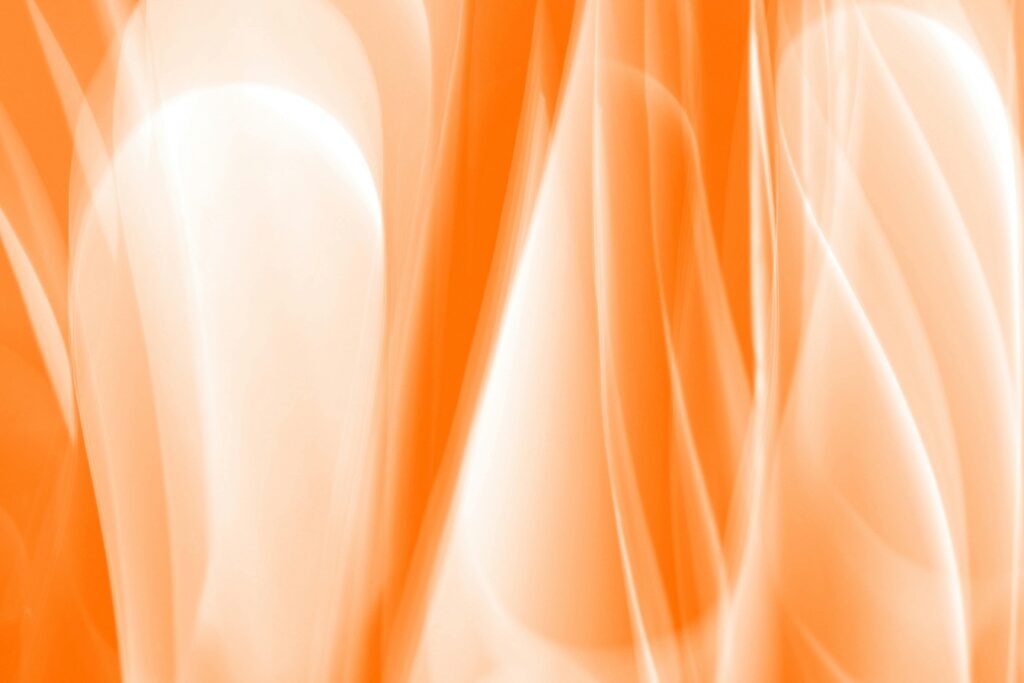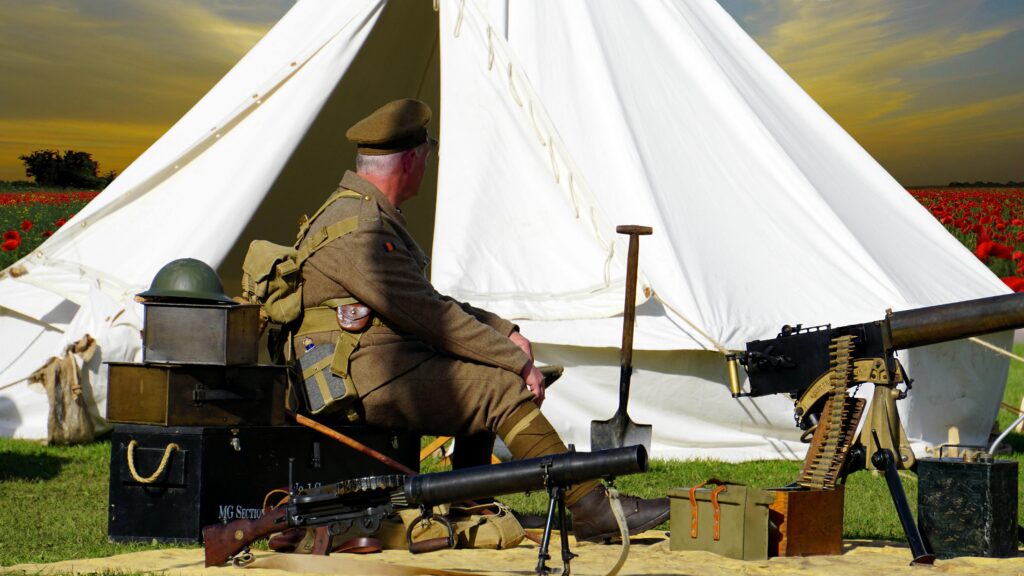Texture in visual arts is a fundamental element that enhances the depth, emotion, and realism of artworks. By manipulating texture, artists can evoke sensory experiences, guide viewer focus, and convey intricate narratives. This article delves into the various types of texture, their applications, and their significance in art.
Defining Texture in Visual Arts
In the realm of visual arts, texture refers to the perceived surface quality of an artwork. It encompasses both the tactile sensation one might feel upon touching the surface and the visual impression of how that surface might feel. Texture can be categorized into two primary types: physical (tactile) and visual (implied).
Types of Texture in Art
Physical (Tactile) Texture
Physical texture pertains to the actual variations on a surface that can be felt by touch. Artists achieve this by manipulating materials to create tangible differences. Techniques include:
- Impasto: Applying thick layers of paint to create a raised surface.
- Collage: Incorporating various materials like fabric, paper, or sand to add dimension.
- Assemblage: Combining three-dimensional objects to form a cohesive piece.
For instance, Vincent van Gogh’s “Irises” (1889) showcases impasto techniques, where thick applications of paint add a dynamic, tactile quality to the artwork.
Visual (Implied) Texture
Visual texture, or implied texture, is the illusion of a physical texture created through artistic techniques. This is common in two-dimensional artworks where the surface remains smooth, but the depiction suggests texture. Methods include:
- Hatching and Cross-Hatching: Using lines to simulate shading and texture.
- Stippling: Employing dots to create gradients and texture.
- Blending: Smooth transitions between colors to suggest softness or roughness.
Leonardo da Vinci’s “Virgin of the Rocks” (1483-1486) exemplifies visual texture, where the detailed rendering of rocks and fabrics gives the illusion of varied textures without physical variation.
The Role of Texture in Art
Adding Depth and Dimension
Texture contributes to the perception of depth in artworks. By varying textures, artists can create a sense of three-dimensionality on a flat surface, making elements appear closer or further away.
Evoking Emotional Responses
Different textures can elicit varied emotional reactions. Smooth textures might convey calmness and serenity, while rough textures can evoke tension or unease. The choice of texture influences the mood and narrative of the piece.
Guiding Viewer Focus
Artists use texture to draw attention to specific areas within an artwork. A stark contrast between textures can highlight focal points and guide the viewer’s eye through the composition.
Techniques for Creating Texture
In Painting
- Dry Brush: Using a dry brush with minimal paint to create a scratchy, textured effect.
- Palette Knife: Applying paint with a palette knife to produce thick, textured strokes.
- Scumbling: Layering opaque or semi-opaque paint over dried layers to create a textured, broken color effect.
In Sculpture
- Carving: Removing material to create texture and form.
- Modeling: Adding material to build up textures and shapes.
- Polishing: Smoothing surfaces to contrast with rough textures.
In Digital Art
- Texture Mapping: Applying digital textures to 3D models to simulate real-world surfaces.
- Brush Variations: Utilizing different digital brushes to mimic traditional textures.
- Layering: Combining multiple layers with varying opacities to create depth and texture.
Texture in Different Art Movements
Impressionism
Impressionist artists like Claude Monet used visible brushstrokes and impasto techniques to capture the fleeting effects of light and atmosphere, adding a textured vibrancy to their paintings.
Abstract Expressionism
Artists such as Jackson Pollock emphasized texture through dynamic, gestural applications of paint, creating energetic and tactile surfaces that engage viewers on a sensory level.
Contemporary Art
Modern artists continue to explore texture by incorporating unconventional materials and digital techniques, pushing the boundaries of how texture can be perceived and experienced in art.
Common Questions About Texture in Art
- What is the difference between physical and visual texture? Physical texture can be felt by touch, while visual texture is an illusion created to suggest how a surface might feel.
- How does texture affect the mood of an artwork? Texture influences the emotional response by conveying sensations like warmth, roughness, or smoothness, which can set the tone of the piece.
- Can texture be used in digital art? Yes, digital artists use various tools and techniques to simulate textures, adding depth and realism to their works.
- Why is texture important in sculpture? Texture in sculpture enhances the tactile experience, adds realism, and can convey the artist’s intent or the nature of the subject.
- How do artists create texture in paintings? Artists use techniques like impasto, dry brushing, and layering to build up textures on the canvas.
- What role does light play in perceiving texture? Light affects how textures are seen; shadows and highlights can emphasize or diminish the appearance of texture.
- Is texture only relevant in visual arts? While prominent in visual arts, texture is also significant in other fields like music and literature, where it refers to the layering and interaction of elements.
- How can texture influence the composition of an artwork? Texture can balance compositions, create focal points, and add contrast, enhancing the overall visual impact.
Conclusion
Texture is a vital element in visual arts, enriching artworks by adding depth, emotion, and realism. Whether through physical manipulation of materials or the illusionistic techniques in two-dimensional art, texture engages viewers, guiding their perception and emotional response. Understanding and mastering texture allows artists to create more compelling and immersive works, bridging the gap between the visual and the tactile.
For further exploration of texture in art, consider visiting the National Gallery of Art’s educational resources on texture: The Elements of Art: Texture.


